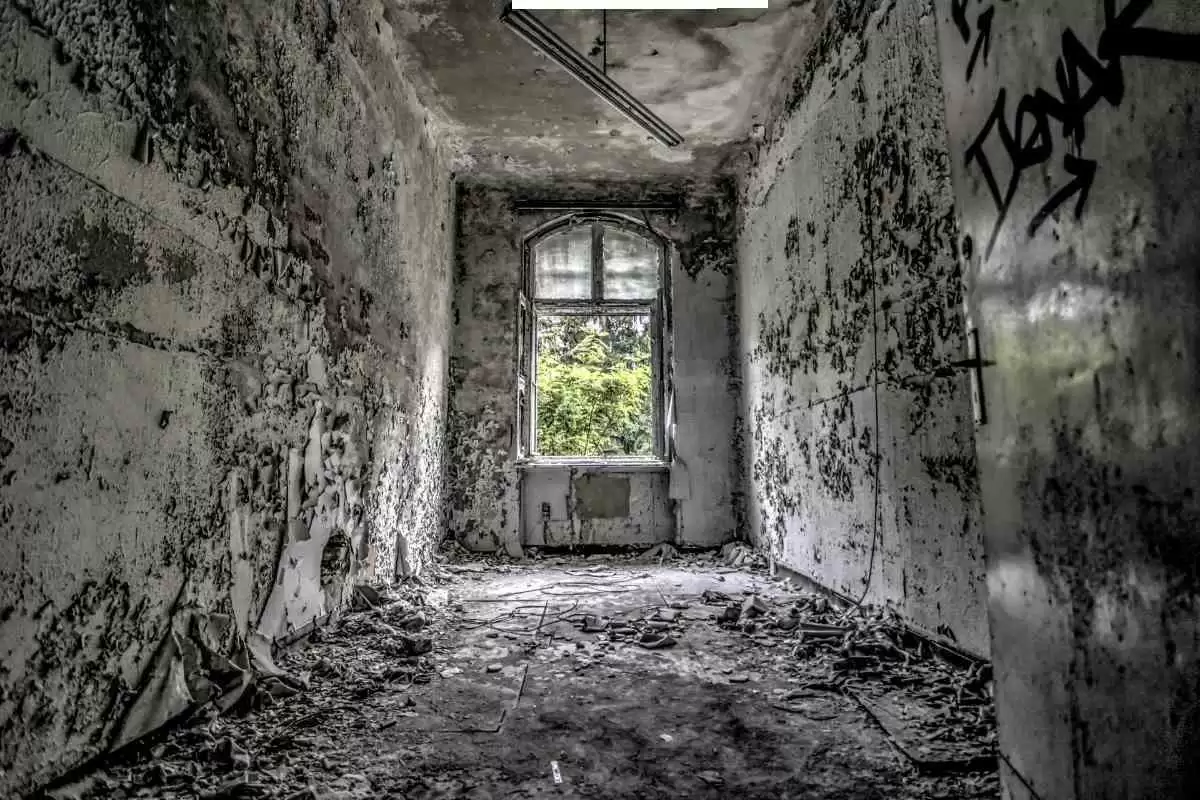Celiac.com 11/10/2025 - Celiac disease is an immune condition in which eating gluten damages the lining of the small intestine. When diagnosis is delayed, people often keep seeking care for years without answers, their symptoms persist, and complications can appear. All of that has a price, both in health and in money. The goal of this study was to estimate how much delayed diagnosis costs people with celiac disease in Iran and to identify which factors are linked to higher expenses.
How the Study Was Carried Out
The team ran a nationwide, cross-sectional survey between March and July of two thousand twenty-four. A total of three hundred seventy-five adults with confirmed celiac disease completed a detailed questionnaire. Participants reported when symptoms began, when they were finally diagnosed, how many times they visited general practitioners and specialists, what tests and hospital stays they had, and what they spent out of pocket. The researchers estimated costs in two ways. First, they multiplied each person’s reported use of doctor visits and tests by official two thousand twenty-four prices to build a modeled estimate. Second, they added up what participants said they actually paid, including medical bills and non-medical expenses such as travel and time lost from work. The study also used statistical models to see which characteristics were linked to higher total costs.
Who Took Part
Celiac.com Sponsor (A12):
The median age was thirty years. Most respondents were women and just over half were single. People from many provinces participated, with the largest shares coming from Razavi Khorasan, Kerman, and Gilan. Across the full sample, the median delay from first symptoms to a firm diagnosis was about ten years, showing how long the diagnostic journey can be.
How Often People Sought Care Before Diagnosis
Before receiving a diagnosis, participants reported frequent health care use. On average, they visited general practitioners more than seven times and specialists almost five times because of symptoms that were later attributed to celiac disease. Nearly one quarter of respondents had at least one hospital stay related to complications that developed while the disease was still undiagnosed.
What Delayed Diagnosis Cost
When the researchers added up the expenses that people reported themselves, the average total burden per person was forty-five point eighty-seven million Iranian Toman, which is roughly five hundred seventy-three United States dollars at the exchange rate used in the study. The median self-reported total was nineteen point seventy-five million Toman, about two hundred forty-seven United States dollars. When the team calculated costs using the standardized model based on official prices for the care people said they received, the averages were higher: sixty-seven point fifty-nine million Toman on average, around eight hundred forty-nine United States dollars, with a median of thirty-seven point seventy-one million Toman, about four hundred seventy-four United States dollars.
Who Faced Higher Costs
Costs were not evenly distributed. Married participants, people with higher levels of education, and those who were self-employed or employed reported higher median totals. In the statistical models that account for multiple factors at once, being married and having followed a gluten-free diet for a longer time were each independently linked to higher total costs. That likely reflects that people who finally receive a diagnosis after many years may invest in more medical care to address complications and in the ongoing expense of gluten-free food, clinic follow-up, and nutrition guidance.
Why Delays Happen
The study echoes a common challenge around the world. Symptoms of celiac disease have shifted for many people from classic signs like ongoing diarrhea and weight loss to less obvious problems such as anemia, bone thinning, skin rashes, fatigue, and vague digestive discomfort. Those patterns can lead to years of testing without a clear answer. In Iran, delays are made worse by uneven access to endoscopy and biopsy services outside large cities, gaps in insurance coverage for key tests, and limited recognition of atypical symptoms among frontline clinicians. The result is a long path to the right diagnosis, repeated visits, repeated tests, and a greater chance of complications that require hospital care.
Public Health Lessons
The ten-year median delay found in this sample carries a measurable price in both health and money. The findings point to practical steps that can reduce that burden. These include screening people who are at higher risk, such as first-degree relatives of people with celiac disease and those who live with other autoimmune disorders; improving training for primary care doctors and specialists so that they recognize common and less obvious presentations; and expanding access to affordable testing in regions that currently rely on distant referral centers. The study also suggests that insurance coverage for endoscopy and biopsy, along with counseling and support for a gluten-free diet, could relieve part of the financial pressure after diagnosis.
Strengths and Limits of the Evidence
The study’s strengths include a large, modern sample drawn from many provinces and a two-pronged approach to costs that captures both real-world spending and a standardized estimate based on official prices. At the same time, any survey that relies on memory can be affected by imperfect recall, and costs in one country may not match those elsewhere. Because the design was cross-sectional, it cannot prove cause and effect. Even so, the consistent pattern of long delays, frequent health care use, and high totals across both cost methods makes the central message clear.
What This Means for People with Celiac Disease
For people who live with celiac disease or who suspect they might have it, the study underlines a crucial point: the sooner the condition is identified, the sooner damage to the intestine can begin to heal and the sooner avoidable costs can be prevented. A long delay is not only frustrating; it often leads to more appointments, more tests, missed work, and a higher chance of problems like anemia, bone loss, and hospital stays. If you have long-standing digestive symptoms, iron deficiency without a clear cause, bone thinning that seems early for your age, or a family history of celiac disease, ask your clinician directly about testing for celiac disease. For those who already have a diagnosis, the findings support seeking coverage and support for the ongoing expense of a gluten-free diet and follow-up care, because those investments protect long-term health. In short, early recognition saves money, reduces suffering, and helps people with celiac disease return more quickly to daily life with fewer complications.
Read more at: bmcgastroenterol.biomedcentral.com










Recommended Comments
There are no comments to display.
Create an account or sign in to comment
You need to be a member in order to leave a comment
Create an account
Sign up for a new account in our community. It's easy!
Register a new accountSign in
Already have an account? Sign in here.
Sign In Now